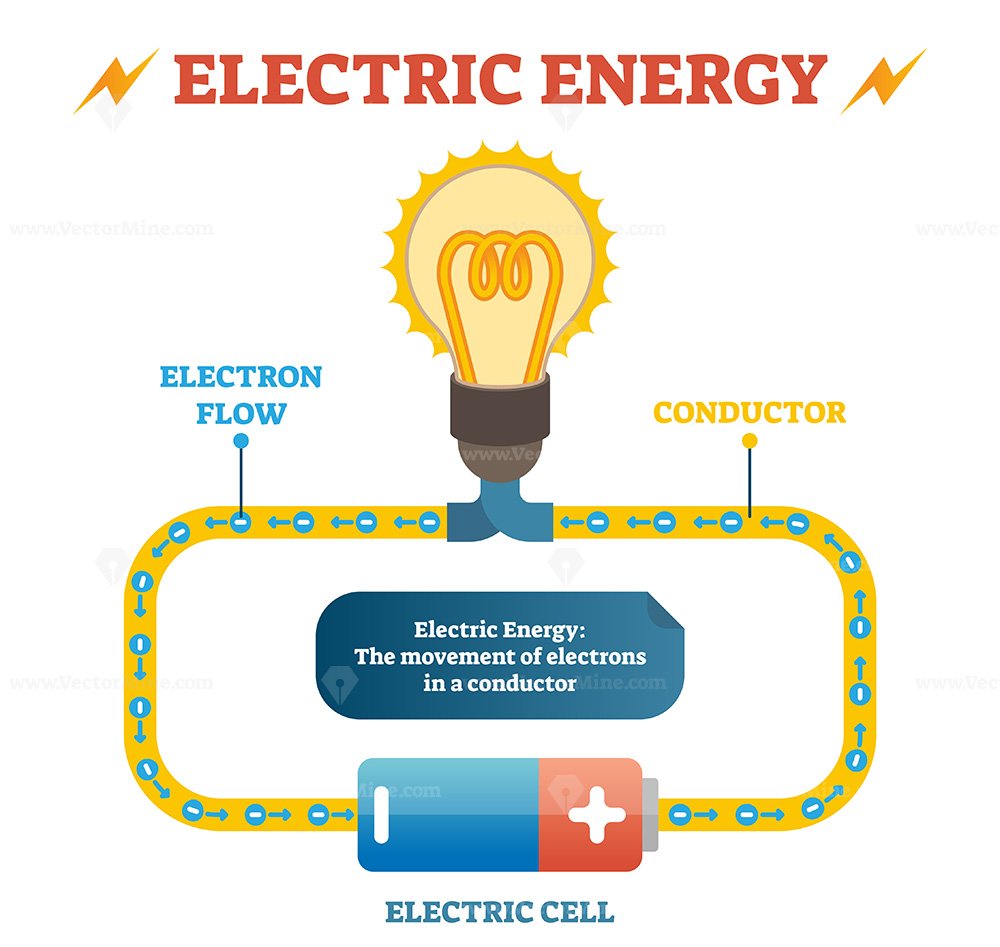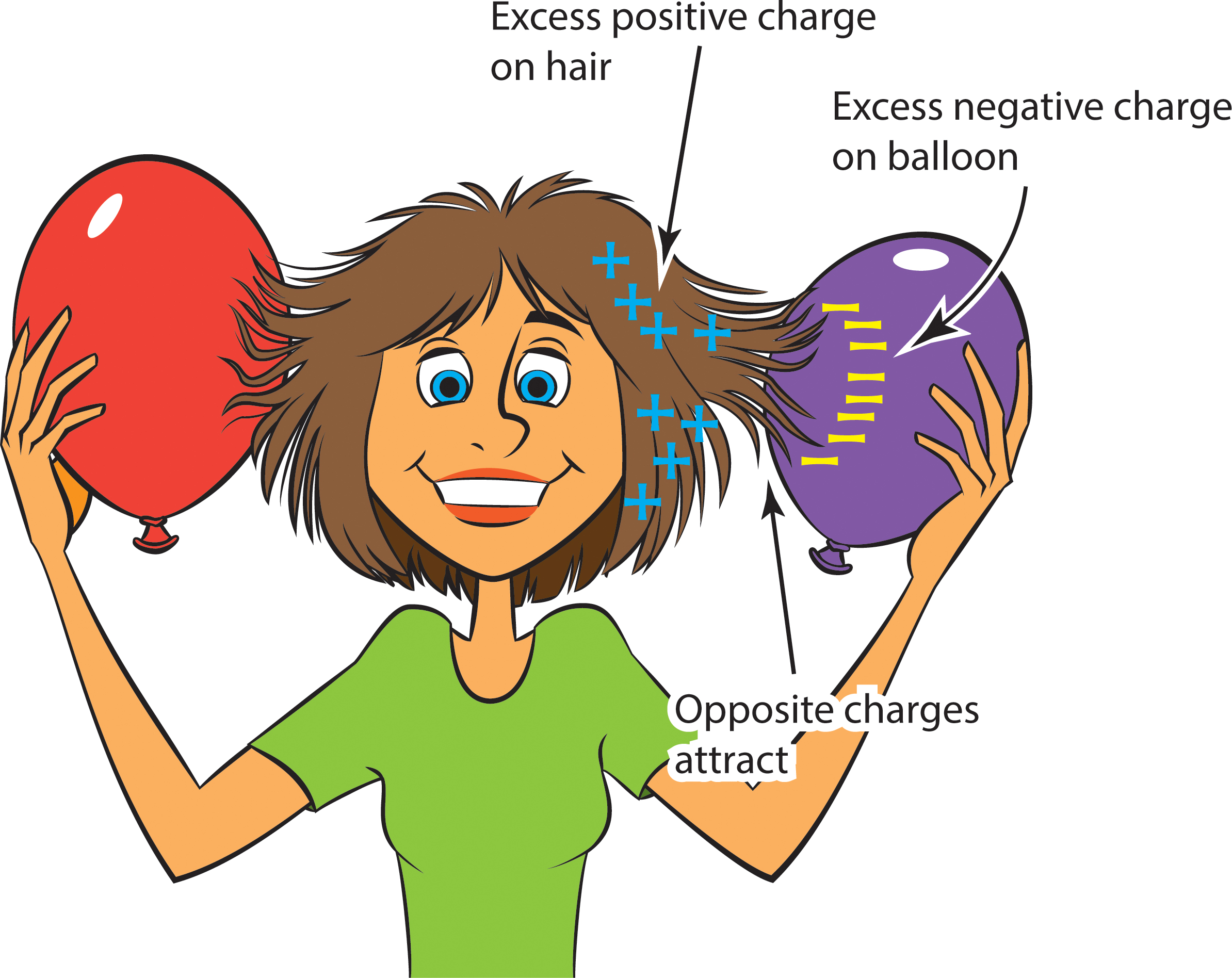Was ist Strom Kindern Erklären? This question, translated as “What is Electricity for Kids,” is a fundamental one, sparking curiosity in young minds about the invisible force that powers our world. Electricity, like a river flowing through pipes, carries energy that lights our homes, runs our toys, and makes our lives easier. It’s all around us, from the lights we switch on to the phones we use.
This exploration delves into the fascinating world of electricity, explaining its basic concepts, sources, and uses in a way that children can easily understand.
We’ll journey through the basics of electrical circuits, uncovering the roles of batteries, wires, and light bulbs. We’ll discover where electricity comes from, exploring various sources like power plants, solar panels, and wind turbines. We’ll also learn how electricity travels through wires, the difference between direct and alternating current, and the importance of electrical safety. This journey will empower children to understand the power of electricity and appreciate its vital role in our modern world.
What is Electricity?

Imagine a tiny, invisible river flowing through wires. That’s kind of what electricity is! Just like water flows through pipes, electricity flows through wires. But instead of water, it’s made up of tiny, charged particles called electrons.
The Electrical Circuit
An electrical circuit is like a closed loop that allows electricity to flow. It’s made up of three main parts:
- Battery: The battery is like the pump that pushes the electricity along. It provides the energy that makes the electrons move.
- Wire: The wire is like the pipe that the electricity flows through. It’s made of a material that allows electrons to move easily.
- Light Bulb: The light bulb is like the tap that lets the electricity do something useful. When electricity flows through the light bulb, it makes the filament inside glow and light up.
Electricity in Everyday Life
Electricity is everywhere! It powers our toys, lights up our homes, and makes our appliances work. Here are some examples:
- Toys: Many toys use batteries to make them move, light up, or play sounds.
- Lights: Light bulbs use electricity to create light, allowing us to see at night or in dark places.
- Appliances: Appliances like refrigerators, washing machines, and televisions use electricity to function. They use different amounts of electricity depending on their size and power.
Where Does Electricity Come From?

You’ve learned what electricity is, but where does it come from? Imagine a tiny, invisible river flowing through wires, carrying energy to power your toys, lights, and even your favorite video games! But how do we get this magical energy? Let’s find out!
Power Plants, Was ist strom kindern erklären
Power plants are like giant factories that generate electricity. They use different sources of energy to turn a giant wheel called a turbine. The turbine spins a generator, which creates electricity. It’s like using a bicycle to power a light bulb!
- Coal-fired power plants use coal, a black rock, to heat water and create steam. The steam spins the turbine. It’s like using a hot stove to make a kettle boil and spin a fan!
- Natural gas power plants use natural gas, a colorless gas, to heat water and create steam. The steam spins the turbine. It’s like using a gas stove to make a kettle boil and spin a fan!
- Nuclear power plants use uranium, a heavy metal, to create heat. The heat is used to make steam that spins the turbine. It’s like using a special rock to heat a kettle and spin a fan!
Solar Panels
Have you ever felt the warmth of the sun on your skin? That warmth is energy from the sun. Solar panels capture this energy and turn it into electricity. They are like little energy collectors that capture sunlight and turn it into power.
- Solar panels use sunlight to create electricity. They are like little solar-powered calculators, but much bigger!
- Solar farms are large areas with many solar panels that generate electricity for entire cities and towns. They are like giant solar-powered calculators, powering whole communities!
Wind Turbines
Ever felt the wind blowing in your hair? Wind turbines use the wind’s energy to turn a giant blade. The blade spins a generator, creating electricity. It’s like using a windmill to power a light bulb!
- Wind turbines use wind to spin blades and generate electricity. They are like giant windmills, but much more powerful!
- Wind farms are areas with many wind turbines that generate electricity for entire cities and towns. They are like giant windmills, powering whole communities!
Batteries
Batteries are like little energy storage containers. They store electricity that can be used later. They are like tiny power banks that keep your toys and gadgets running!
- Rechargeable batteries can be used again and again by plugging them in to charge. They are like tiny power banks that you can recharge!
- Non-rechargeable batteries can only be used once. They are like tiny power banks that you use once and then throw away.
How Does Electricity Travel?: Was Ist Strom Kindern Erklären
Imagine a river flowing from a high point to a lower point. The water flows because of the difference in height, just like electricity flows because of a difference in electrical potential. This difference is called voltage. The higher the voltage, the faster the electricity flows.Electricity travels through wires, which act like the riverbed, guiding the flow of electricity.
The wires are made of materials that allow electrons to move freely, like a smooth riverbed that allows water to flow easily.
Direct Current (DC) and Alternating Current (AC)
Electricity can flow in two different ways: direct current (DC) and alternating current (AC).
- Direct Current (DC): Think of a river flowing in one direction, always from the high point to the low point. In DC, electrons flow in a single direction. Batteries produce DC electricity, which is used in many devices like smartphones and laptops.
- Alternating Current (AC): Imagine a river that flows back and forth, like a tide. In AC, electrons flow back and forth, changing direction repeatedly. Power plants generate AC electricity, which is used in most homes and businesses.
Electrical Outlets and Plugs
Electrical outlets are like the river’s mouth, where the water flows out. They provide a connection point for devices to receive electricity. Plugs are like the river’s source, where the water flows in. They connect devices to the electrical outlets. The plug has two or three prongs that connect to the outlet’s corresponding slots.
These prongs are connected to wires inside the plug that carry electricity to the device. The electricity flows through the device and back to the outlet, completing the circuit.
Electricity and Safety
Electricity is a powerful force that can be very helpful, but it can also be dangerous if not handled properly. Just like you wouldn’t play with fire without supervision, you need to be careful around electricity.
Safety Measures
It’s important to remember that electricity can be dangerous, so always follow these safety rules:
- Never touch electrical wires or outlets with wet hands. Water conducts electricity, so this could give you a nasty shock.
- Never put anything metal into an electrical outlet. This could cause a short circuit and start a fire.
- Never plug in too many appliances into one outlet. This can overload the circuit and cause a fire.
- Always unplug appliances before cleaning them. This prevents accidental electrocution.
- Be careful around power lines. Never climb on or near power lines, and keep a safe distance from them.
Safety Devices
To protect you from electrical hazards, there are special devices that are installed in your home. These devices are like safety guards that stop electricity from becoming dangerous.
- Fuses are small devices that melt and break the circuit if too much electricity flows through them. Think of them like a safety valve that prevents a pipe from bursting.
- Circuit breakers are similar to fuses, but they can be reset after they trip. They act like a switch that automatically turns off the electricity if there’s a problem.
Electricity in the Future

Imagine a world where our homes are powered by the sun, our cars run on electricity, and our cities are smarter and more efficient than ever before. This future isn’t just a dream, it’s a reality that’s rapidly becoming a part of our lives! Electricity is playing a crucial role in shaping this future, and it’s all thanks to the amazing power of renewable energy sources.
Renewable Energy Sources
Renewable energy sources, like solar and wind power, are becoming increasingly popular because they’re good for the environment and can help us reduce our reliance on fossil fuels. Imagine harnessing the power of the sun to light up your home or using the wind to generate electricity! These sources are clean, sustainable, and have the potential to power our world for generations to come.
Innovative Technologies
Electricity is driving innovation in many areas of our lives. One of the most exciting developments is the rise of electric vehicles (EVs). EVs are cars that run on electricity instead of gasoline, making them much cleaner and quieter than traditional cars. They’re also becoming increasingly affordable and efficient, making them a more attractive option for many people. Another exciting development is the emergence of smart homes.
Smart homes use technology to make our lives easier and more comfortable. For example, you can control your lights, appliances, and even your thermostat from your smartphone! Smart homes are powered by electricity and are becoming more common every day.
The future of electricity is bright! Renewable energy sources and innovative technologies are transforming the way we live, work, and play.
As we conclude our exploration of Was Ist Strom Kindern Erklären, we’ve uncovered the magic of electricity. From its basic principles to its diverse sources and applications, electricity plays a crucial role in our lives. Understanding how it works fosters a sense of wonder and appreciation for this essential force. By embracing the principles of electrical safety, we can harness the power of electricity responsibly.
The future of electricity holds even more exciting possibilities, with advancements in renewable energy and innovative technologies that will shape our world. Let’s continue to learn, explore, and embrace the transformative power of electricity.
Query Resolution
What are some fun experiments I can do with electricity?
You can build a simple circuit with a battery, wire, and a light bulb. You can also try making a homemade electromagnet by wrapping wire around a nail and connecting it to a battery.
Why is it important to be careful around electricity?
Electricity can be dangerous if not handled properly. It can cause shocks, burns, and even fires. Always follow safety guidelines and never touch electrical wires or outlets with wet hands.
How can I save electricity?
Turn off lights when you leave a room, unplug appliances when not in use, and choose energy-efficient appliances. Small changes can make a big difference!






